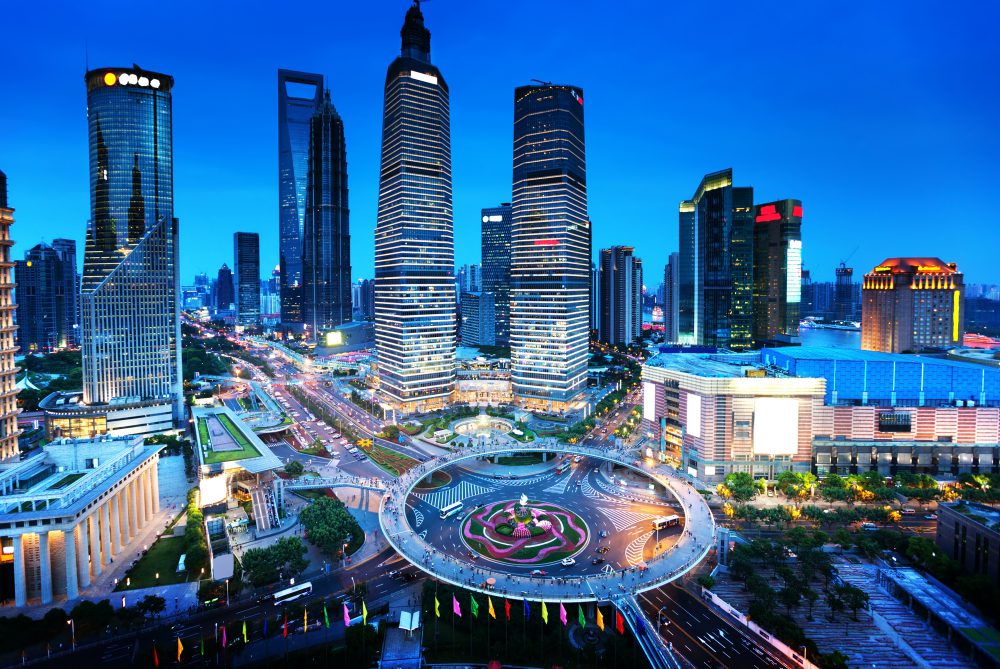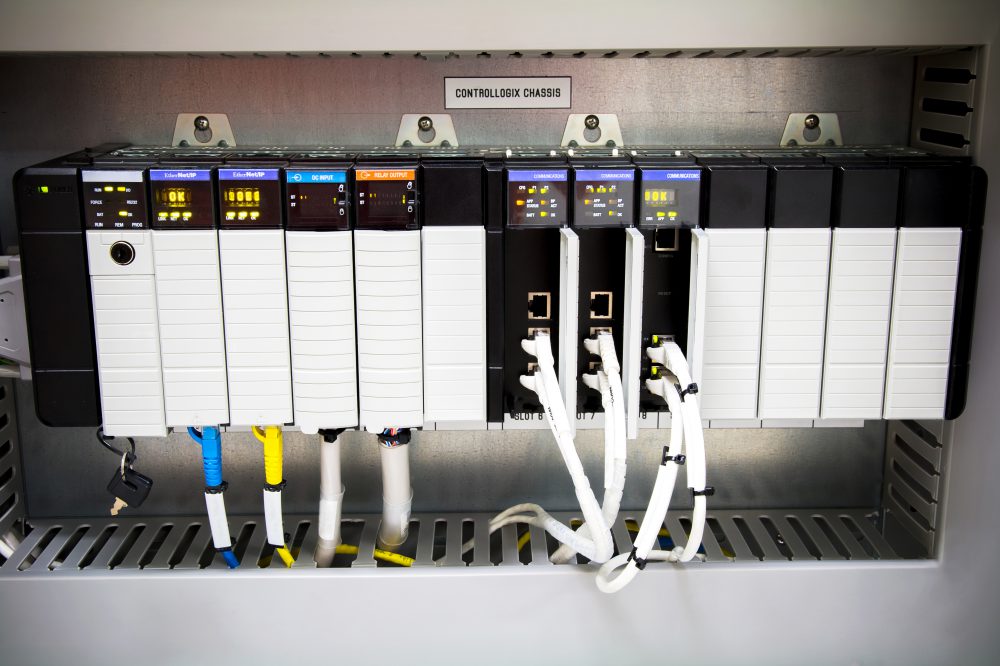[Infographic] 7 Best Practices for Gluten-Free Manufacturing
The demand for gluten-free products isn’t just a passing trend. In fact, the gluten-free foods market is projected to be valued at $7.59 billion by 2020. Plus, researchers have noted a rise in celiac disease rates in recent years — just more evidence that the need for GF products isn’t going anywhere anytime soon. Before you begin producing gluten-free products in your facility, however, consider these principles to ensure you cater to this growing market safely, efficiently and effectively.
Continue Reading “[Infographic] 7 Best Practices for Gluten-Free Manufacturing”



![[Infographic] 7 Best Practices for Gluten-Free Manufacturing](https://stellarfoodforthought.net/wp-content/uploads/2016/10/BREAD.png)

![[Infographic] Installing Packaged Refrigeration vs. Traditional Systems](https://stellarfoodforthought.net/wp-content/uploads/2018/02/Packaged-refrigeration.png)


![[VIDEO] See How Virtual Reality Can Take You Inside Your Food Plant Design](https://stellarfoodforthought.net/wp-content/uploads/2017/12/Screen-Shot-2017-12-05-at-12.30.19-PM.png)



